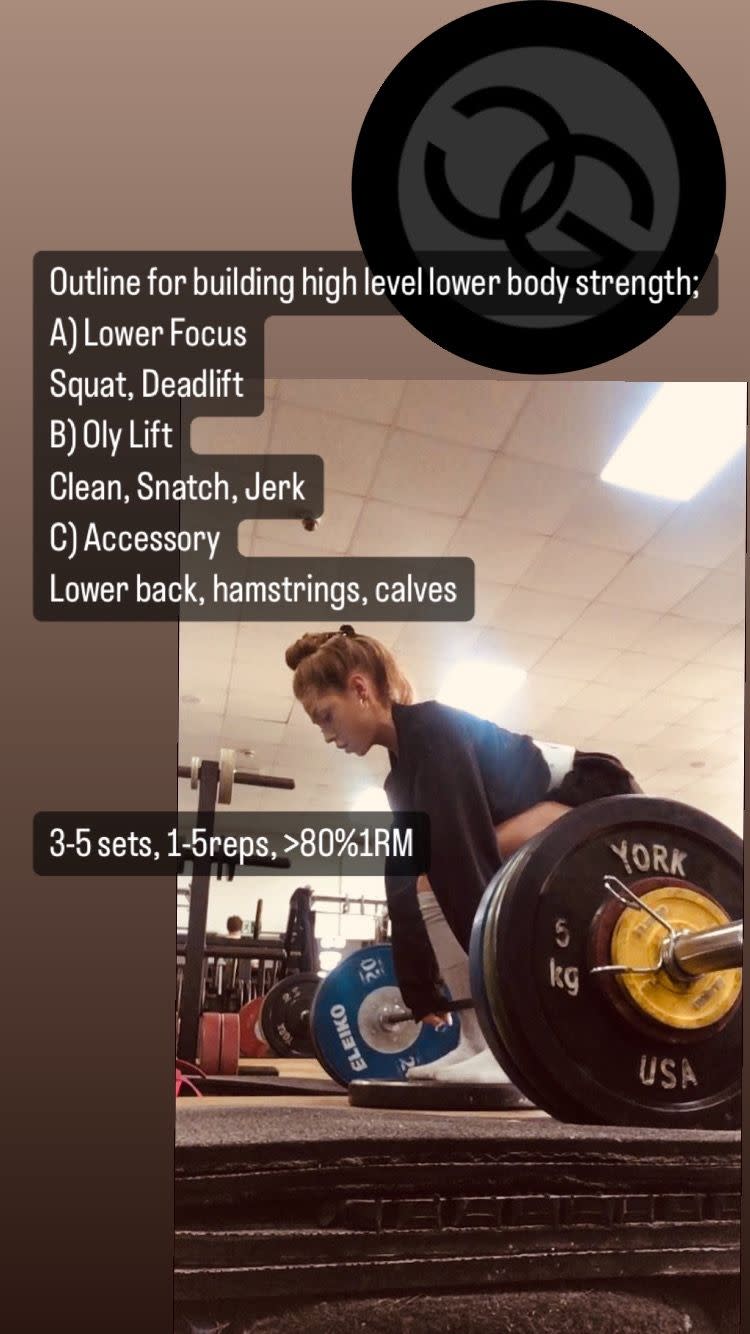Eliminating the confusion



I don’t think anyone could completely obliterate the myriad of befuddled dross surrounding the gym, bodybuilding and S&C world however I thought an appropriate post would be to initially quash the bewilderment many, ‘every-day folk’ have when presented with an intellectually based programme or study in the area. Understanding the, ‘lingo’ using the following definitions to be, ‘down with the S&C nerds’. Having more of a say and appreciation into your own training is an important and highly motivational weapon to have at your disposal. (continuing in sequential posts… feel free to comment or DM if you’d like anything else explained) -Periodisation; the process in which we organise a training cycle in order to optimise and reach peak performance for a certain event/goal etc. If you’re coach does not understand this concept then they may need to read this even more than you do. -Conditioning; Although every cliché PT’s favourite word when they whip out a 6kg kettlebell its more appropriate definition is the, ‘prevention of fatigue’, not bound by the method in which it is achieved. -Metabolic conditioning; prevention of metabolic fatigue. Resynthesizing* ATP, (adenosine tri-phosphate) in order to complete the task. *achieved through either the aerobic, anaerobic or CP pathways. -Force: F=MA. Force equals mass times acceleration and is a vector quantity, meaning that it’s displayed in a particular direction. (N) -Velocity: velocity is the rate of change of position of the athlete. It’s just like the term speed, but with a direction associated with it -Acceleration; rate of change of velocity with respect to time. -Rate of Force Development; RFD. Because let’s be honest, your Coach needs to have a rethink if they can make you lift the weight but can’t make you quicker at doing it. Consider this; Peak force takes about 0.3-0.4s (measured isometrically) …however most sports skills only allow for around 0.1-0.3 seconds. -Strength deficit= difference between absolute force potential vs amount producible with maximal emotional stimulation. (Therefore best to reduce the difference to get closer to absolute strength and reduce strength deficit) -Explosive strength deficit= %of force one can't utilise in a strength skill. -Concentric: concentric muscle actions occur when muscles shorten under tension. -Eccentric: eccentric muscle actions occur when muscles lengthen under tension (technically it’s not a contraction). -Isometric: isometric muscle actions occur when no movement in the joint take place. The muscles will indeed shorten while the tendons will lengthen, but the term is relaxed. -Sarcoplasmic hypertrophy- size and cellular swelling -Myofibrilar hypertrophy- density and contractor force within muscle fibre. -dynamic correspondence: In short; the relevance to the end outcome and/or the transfer of training. In long, (because it’s important…) DC is described as, ‘a generic term which refers to an exercise or training programmes ability to directly affect the athletes sporting performance. This can also be simply described as the ‘transfer effect’, or ‘transferability’ of training’ (Yuri Verkhoshanksy 1993, Supertraining) and is composed of the following; amplitude and direction of movement, region of accentuated movement, dynamics of the effort, rate and time of maximum force development and finally, regime of muscular work. If you get these wrong you’re not going to win the game of S&C. -specificity: how directly relatable an exercise is. -Loading modalities; Different ways to load movement. A squat doesn’t have to be done on a Smith machine. A bicep curl does not have to be done with an Oly Lifting bar in the squat rack. -Mobility: (the look on one’s face when i mention that yes there is a difference between mobility and flexibility, and yes this is something that one should consider and manipulate programme cycles in order to incorpórate is one which I still find somewhat amusing) Mobility references many joints. Everything that could be imposing that joint. Increases in mobility may require increases in stability and co-contraction in other joints and planes. -Flexibility: Contrary to mobility, flexibility refers to one joint. Outcome of increased ROM. Stretching is the means to improve. -Foam Rolling: Improves length tension relationship without negatively impacting like static stretching has the POTENTIAL to. Improves ROM (range of motion) in combination with static stretching better than the two individually.

